Java Programming Courses
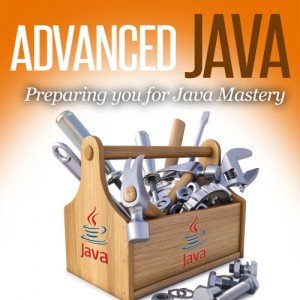 | Advanced Java TutorialLearning the basics of Java is easy. But really delving into the language and studying its more advanced concepts and nuances is what will make you a great Java developer. The web is abundant with “soft”, “cheap”, “low end” Java tutorials, but what it is missing is material to really take you to the next level. This course is designed to help you make the most effective use of Java. It discusses advanced topics, including object creation, concurrency, serialization, reflection and many more. It will guide you through your journey to Java mastery! | |
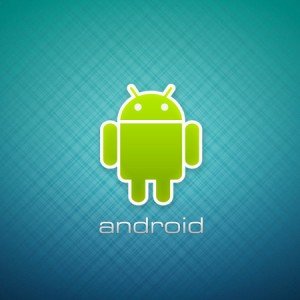 | Android UI Design Basics TutorialAndroid is an operating system based on the Linux kernel and designed primarily for touchscreen mobile devices such as smartphones and tablet computers. Android OS has taken over the world of mobile devices and is growing rapidly the last few years. In this course, you will get a look at the fundamentals of Android UI design. You will understand user input, views and layouts, as well as adapters and fragments. Furthermore, you will learn how to add multimedia to an app and also leverage themes and styles. Of course, all these are tied up with a sample application, which you will build from scratch. | |
 | Apache Lucene Fundamentals TutorialLucene is a high-performance, full-featured text search engine library written entirely in Java. It is a technology suitable for nearly any application that requires full-text search, especially cross-platform. In this course, you will get an introduction to Lucene. You will see why a library like this is important and then learn how searching works in Lucene. Moreover, you will learn how to integrate Lucene Search into your own applications in order to provide robust searching capabilities. | |
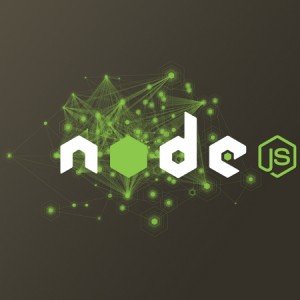 | Node.js Tutorial: Building web appsNode.js is an exciting software platform for building scalable server-side and networking applications. Node.js applications are written in JavaScript, and can be run within the Node.js runtime on Windows, Mac OS X and Linux with no changes. In this course, you will get introduced to Node.js. You will learn how to install, configure and run the server and how to load various modules. Additionally, you will build a sample application from scratch and also get your hands dirty with Node.js command line programming. | |
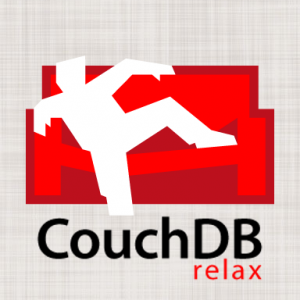 | CouchDB Tutorial – Database for the WebCouchDB, is an open source database that focuses on ease of use and on being “a database that completely embraces the web”. It is a NoSQL database that uses JSON to store data, JavaScript as its query language using MapReduce, and HTTP for an API. One of its distinguishing features is multi-master replication. This is a hands-on course on CouchDB. You will learn how to install and configure CouchDB and how to perform common operations with it. Additionally, you will build an example application from scratch and then finish the course with more advanced topics like scaling, replication and load balancing. | |
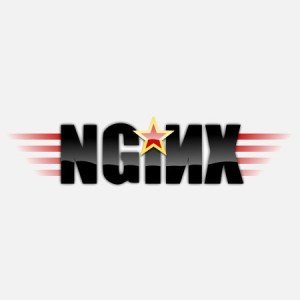 | Introduction to Nginx – Complete TutorialNginx is an open source HTTP and reverse proxy server, as well as a mail proxy server, load balancer, and HTTP cache. The nginx project started with a strong focus on high concurrency, high performance and low memory usage. It runs on Linux, BSD variants, Mac OS X, Solaris, AIX, HP-UX, as well as on other *nix flavors. It also has a proof of concept port for Microsoft Windows. This course will introduce you to the magic of nginx. You will learn to install and configure nginx for a variety of software platforms and how to integrate it with Apache. Additionally, you will get involved with more advanced concepts like Load Balancing, SSL configuration and Websockets proxying. | |
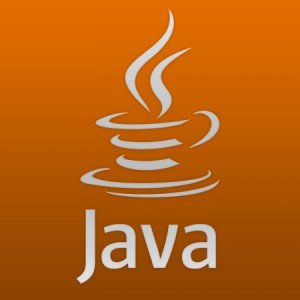 | Java Concurrency Essentials TutorialConcurrency is always a challenge for developers and writing concurrent programs can be extremely hard. There is a number of things that could potentially blow up and the complexity of systems rises considerably when concurrency is introduced. In this course, you will dive into the magic of concurrency. You will be introduced to the fundamentals of concurrency and concurrent code and you will learn about concepts like atomicity, synchronization and thread safety. As you advance, the following lessons will deal with the tools you can leverage, such as the Fork/Join framework, the java.util.concurrent JDK package. To sum those up, you will learn about testing concurrent applications. | |
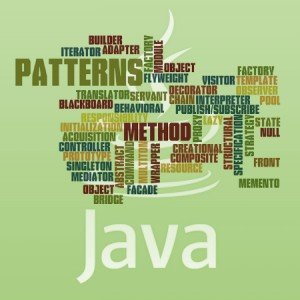 | Java Design Patterns TutorialA design pattern is a general reusable solution to a commonly occurring problem within a given context in software design. A design pattern is not a finished design that can be transformed directly into source or machine code. It is a description or template for how to solve a problem that can be used in many different situations. Patterns are formalized best practices that the programmer can use to solve common problems when designing an application or system. In this course you will delve into a vast number of Design Patterns and see how those are implemented and utilized in Java. You will understand the reasons why patterns are so important and learn when and how to apply each one of them. | |
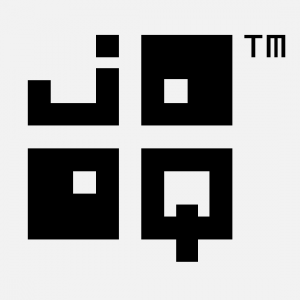 | jOOQ Tutorial for Type safe DB queryingjOOQ is a good choice in a Java application where SQL and the specific relational database are important. It is an alternative when JPA / Hibernate abstract too much, JDBC too little. It shows, how a modern domain-specific language can greatly increase developer productivity, internalising SQL into Java. In this course, we’ll see how we can efficiently query databases using jOOQ. | |
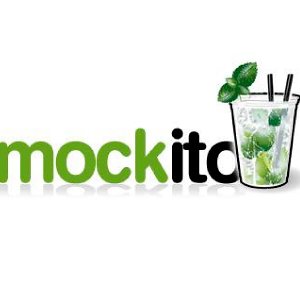 | Mockito Tutorial: Testing and Mocking with MockitoMockito is an open source testing framework for Java released under the MIT License. The framework allows the creation of test double objects (mock objects) in automated unit tests for the purpose of Test-driven Development (TDD) or Behavior Driven Development (BDD). In this course, you will dive into the magic of Mockito. You will learn about Mocks, Spies and Partial Mocks, and their corresponding Stubbing behaviour. You will also see the process of Verification with Test Doubles and Object Matchers. Finally, Test Driven Development (TDD) with Mockito is discussed in order to see how this library fits in the concept of TDD. | |
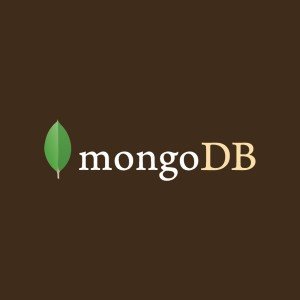 | MongoDB Tutorial – A Scalable NoSQL DBMongoDB is a cross-platform document-oriented database system and it is free and open source software. Classified as a NoSQL database, MongoDB eschews the traditional table-based relational database structure in favour of JSON-like documents with dynamic schemas (MongoDB calls the format BSON), making the integration of data in certain types of applications easier and faster. In this course, you will get introduced to MongoDB. You will learn how to install it and how to operate it via its shell. Moreover, you will learn how to programmatically access it via Java and how to leverage Map Reduce with it. Finally, more advanced concepts like sharding and replication will be explained. | |
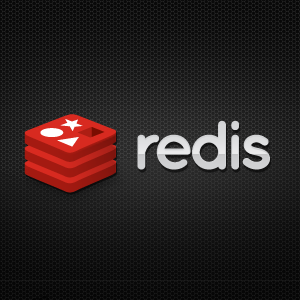 | Redis Tutorial: NoSQL key-value storeRedis is an open-source, networked, in-memory, key-value data store with optional durability, written in ANSI C. According to the monthly ranking by DB-Engines.com, Redis is the most popular key-value store. Its name means REmote DIctionary Server. This is a crash course on Redis. You will learn how to install Redis and start up the server. Additionally, you will mess around with the Redis command line. More advanced topics follow, such as replication, sharding and clustering, while the integration of Redis with Spring Data is also explained. | |
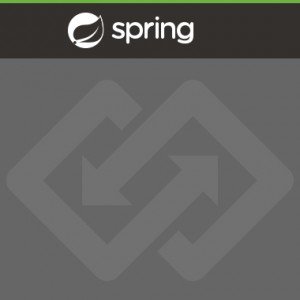 | Spring Integration Tutorial for EAISpring Integration is an open source framework for enterprise application integration. It is a lightweight framework that builds upon the core Spring framework. It is designed to enable the development of integration solutions typical of event-driven architectures and messaging-centric architectures. In this course, you are introduced to Enterprise Application Integration patterns and how Spring Integration addresses them. Next, you delve into the fundamentals of Spring Integration, like channels, transformers and adapters. Furthermore, you will learn how Spring Integration works hand in hand with Web Services and Messaging Queues and finally you will develop a full-blown application from scratch. | |
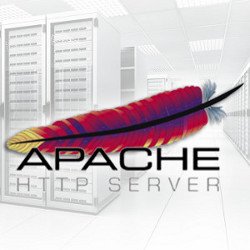 | Apache HTTP Server TutorialThe Apache HTTP Server, colloquially called Apache, is the world’s most used web server software. Originally based on the NCSA HTTPd server, development of Apache began in early 1995 after work on the NCSA code stalled. Apache played a key role in the initial growth of the World Wide Web, quickly overtaking NCSA HTTPd as the dominant HTTP server, and has remained most popular since April 1996. In 2009, it became the first web server software to serve more than 100 million websites. In this course, we provide a compilation of Apache HTTP Server tutorials that will help you get started with this web server. We cover a wide range of topics, from installing the server and performing a basic configuration, to configuring Virtual Hosts and SSL support. With our straightforward tutorials, you will be able to get your own projects up and running in minimum time. | |
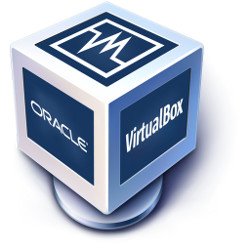 | VirtualBox Tutorial: Virtualization EssentialsOracle VM VirtualBox is a free and open-source hypervisor for x86 computers from Oracle Corporation. VirtualBox may be installed on a number of host operating systems, including: Linux, OS X, Windows, Solaris, and OpenSolaris. There are also ports to FreeBSD and Genode. It supports the creation and management of guest virtual machines running versions and derivations of Windows, Linux, BSD, OS/2, Solaris, Haiku, OSx86 and others, and limited virtualization of OS X guests on Apple hardware. In this course, we provide a compilation of VirtualBox tutorials that will help you get started with this virtualization platform. We cover a wide range of topics, from installing the software and performing a basic configuration, to cloning, exporting, importing, and removing virtual machines. With our straightforward tutorials, you will be able to get your own Virtual Machines up and running in minimum time. | |
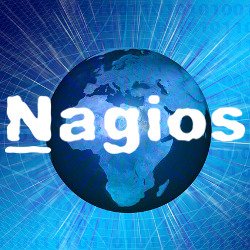 | Nagios Tutorial for IT MonitoringNagios, now known as Nagios Core, is a free and open source computer-software application that monitors systems, networks and infrastructure. Nagios offers monitoring and alerting services for servers, switches, applications and services. It alerts users when things go wrong and alerts them a second time when the problem has been resolved. Nagios was originally designed to run under Linux, but it also runs well on other Unix variants. It is free software licensed under the terms of the GNU General Public License version 2 as published by the Free Software Foundation. In this course, we provide a compilation of Nagios tutorials that will help you set up your own monitoring infrastructure. We cover a wide range of topics, from installation and configuration, to plugins and NRPE. With our straightforward tutorials, you will be able to get your own projects up and running in minimum time. | |
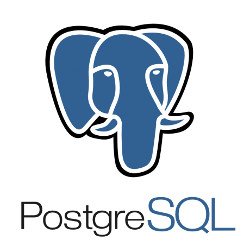 | PostgreSQL Database TutorialPostgreSQL, often simply Postgres, is an object-relational database management system (ORDBMS) with an emphasis on extensibility and standards-compliance. As a database server, its primary function is to store data securely, and to allow for retrieval at the request of other software applications. It can handle workloads ranging from small single-machine applications to large Internet-facing applications with many concurrent users. PostgreSQL is developed by the PostgreSQL Global Development Group, a diverse group of many companies and individual contributors. It is free and open-source software, released under the terms of the PostgreSQL License, a permissive free-software license. In this course, we provide a compilation of PostgreSQL tutorials that will help you set up and run your own database management system. We cover a wide range of topics, from installation and configuration, to custom commands and datatypes. With our straightforward tutorials, you will be able to get your own projects up and running in minimum time. | |
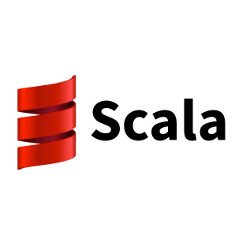 | Scala Tutorial: Developing Modern ApplicationsScala is a general-purpose programming language. It has full support for functional programming and a very strong static type system. Designed to be concise, many of Scala’s design decisions were inspired by criticism of Java’s shortcomings. Scala source code is intended to be compiled to Java bytecode, so that the resulting executable code runs on a Java virtual machine. Java libraries may be used directly in Scala code and vice versa (language interoperability). Like Java, Scala is object-oriented, and uses a curly-brace syntax reminiscent of the C programming language. Unlike Java, Scala has many features of functional programming languages like Scheme, Standard ML and Haskell, including currying, type inference, immutability, lazy evaluation, and pattern matching. It also has an advanced type system supporting algebraic data types, covariance and contravariance, higher-order types (but not higher-rank types), and anonymous types. Other features of Scala not present in Java include operator overloading, optional parameters, named parameters, raw strings, and no checked exceptions. In this course, we provide a framework and tool-set so that you can develop modern Scala applications. We cover a wide range of topics, from SBT build and reactive applications, to testing and database access. With our straightforward tutorials, you will be able to get your own projects up and running in minimum time. | |
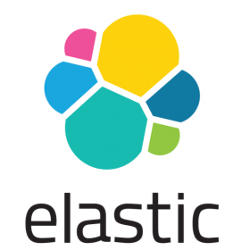 | Elasticsearch Tutorial for Java DevelopersElasticsearch is a search engine based on Lucene. It provides a distributed, multitenant-capable full-text search engine with an HTTP web interface and schema-free JSON documents. Elasticsearch is developed in Java and is released as open source under the terms of the Apache License. Elasticsearch is the most popular enterprise search engine followed by Apache Solr, also based on Lucene. Elasticsearch can be used to search all kinds of documents. It provides scalable search, has near real-time search, and supports multitenancy. Elasticsearch is distributed, which means that indices can be divided into shards and each shard can have zero or more replicas. Each node hosts one or more shards, and acts as a coordinator to delegate operations to the correct shard(s). Rebalancing and routing are done automatically. Related data is often stored in the same index, which consists of one or more primary shards, and zero or more replica shards. Once an index has been created, the number of primary shards cannot be changed. In this course, we provide a series of tutorials so that you can develop your own Elasticsearch based applications. We cover a wide range of topics, from installation and operations, to Java API Integration and reporting. With our straightforward tutorials, you will be able to get your own projects up and running in minimum time. | |
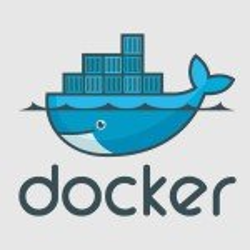 | Docker Tutorial for Java DevelopersDocker is a computer program that performs operating-system-level virtualization also known as containerization. It is developed by Docker, Inc. Docker is primarily developed for Linux, where it uses the resource isolation features of the Linux kernel such as cgroups and kernel namespaces, and a union-capable file system such as OverlayFS and others to allow independent “containers” to run within a single Linux instance, avoiding the overhead of starting and maintaining virtual machines (VMs). In this course, we provide a series of tutorials so that you can develop your own Docker based applications. We cover a wide range of topics, from Docker over command line, to development, testing, deployment and continuous integration. With our straightforward tutorials, you will be able to get your own projects up and running in minimum time. |
